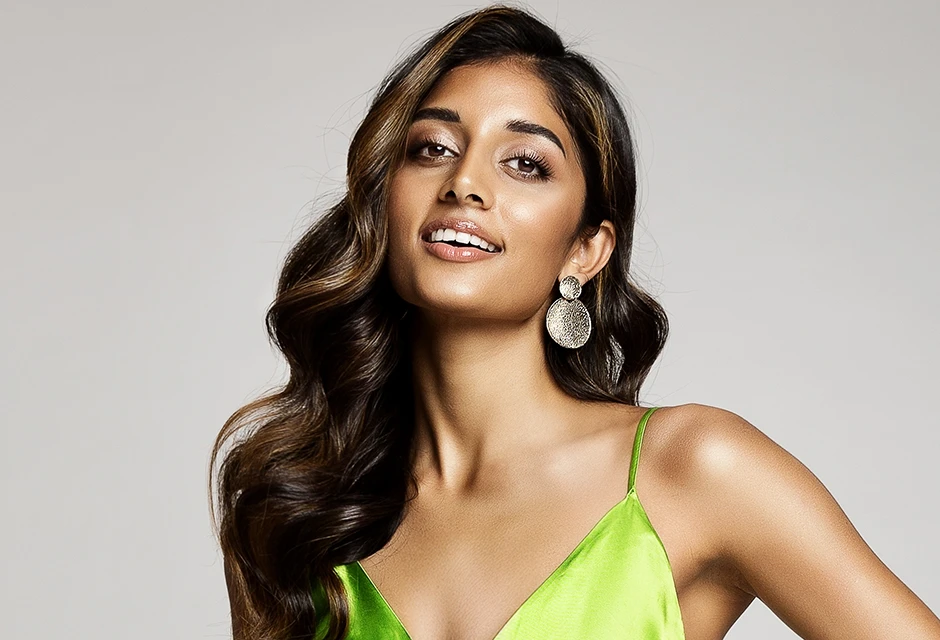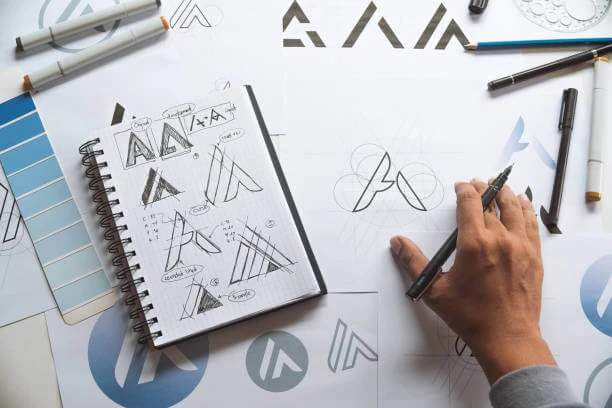Light and Shadow Photography Ideas

- What is shadow photography
- Light and shadow photography effects
- 1. Emphasize the model
- 2. Use a silhouette as a subject
- 3. Try an abstract technique
- 4. Include conceptual tricks
- 5. Practice black and white shadow photography
- 6. Learn chiaroscuro secret
- 7. Shoot through subjects
- 8. Process pictures in graphic editors
- Shadow photography techniques
- 1. Shine bright with sun, street lights or lamps
- 2. Background. It is an important component of a good picture
- 3. Backlight
- Light and shadow photography ideas
- 1. Photograph a Silhouette
- 2. Create an Abstract Photo
- 3. Use lace effect
- 4. Use contours
- 5. Leaves and branches
- 6. Use shadow of a window frame
- 7. Try to capture emotions
- 8. Colored contours
- 9. Shutters and blinds
- 10. Theatre of shadows
We are used to avoiding shadows in photographs: work with professional studio lighting, shoot at golden hour, do everything to minimize the presence of shades in the frame. And we forget it is silhouetted make photos more realistic, deeper and more dramatic, they become visually attractive to the viewer. There are many rules and laws of photography to follow and remember. Most of them may seem strict to exclude essential elements, but it is not true. You just need to learn the difference between overdoing the frame and using elements smart.

What is shadow photography
The image in photographs has a two-dimensional shape, but the contour falls gives the object depth and makes the image three-dimensional. And although the outline is just a figure, formed behind the object, it plays an important, and sometimes the key role in a picture.
Secondly, it is important to mention that every silhouette can be distorted and manipulated by changing the shape of an object. It may be deep in tone and have a clearly defined edge, or it may be soft with a blurry edge or appear translucent.
Light and shadow photography effects

1. Emphasize the model
When you take pictures of nature and large spaces, you can capture a tree outline or a building into the frame, this will balance the image and become an additional touch that will enhance creative ideas.
2. Use a silhouette as a subject
The most important thing for photographers, using these tips, is recognition of an object that casts a contour: mills, bicycles, people. The color and uniformity of the background are also important, so unnecessary details do not take attention from images: the ideal background is trimmed grass, a wall of the house or sand. Remember that the outline itself is dark gray, so the black portrait background is better to choose from contrasting lights.
3. Try an abstract technique
It is difficult to come up with a more suitable element of abstract portraits than a game of light and dark photography. An infinite number of patterns that create silhouettes surround us every second of our lives. Starting from shades in the kitchen and ending with beautiful patterns by leaves in the forest, glass of water on a table or garage door.

4. Include conceptual tricks
For conceptual shooting, graphics are important, which is used to convey the message embedded by a photographer. Contours are ideal because they affect graphic objects, and if you add a little creative thinking to this, you can get very original frames.
5. Practice black and white shadow photography
Nothing emphasizes outlines so well as black and white images. Also you can colorize black and white photos online. A color will distract attention from contours, while black and white will make the contrast more noticeable. In addition, white, gray and black shades are more easily perceived by eyes than a wide range of colors. You can switch the camera mode to black and white shooting and process ready-made photos using a graphical editor. Remember that this style is always in fashion and you have no chance to fail if you choose the vintage model.
6. Learn chiaroscuro secret
It is a well-known concept in painting and picturing that describes a famous contrast between light and dark. It involves illuminating parts with the help of lamps, while less important objects remain less pronounced. Contrast creates cool emphasized textures and adds natural proportions to the object. To do this, you will need to choose a poorly lit location, beloved by artists, so the silhouette types are interesting. Point the light source at an object from different angles to see good contrasts and rich textures.

7. Shoot through subjects
To get fun pictures, use improvised means: lace, a sieve, even an ordinary fork, shot with the right sunlight and appropriate background, which help you get super harsh pics. Come up with an idea and bring it to life with the help of commonplace household items. Try everything you see around, because it may seem not that simple as it was used before. The contour of an object sometimes differs a lot from its common look. Examine items you use every day and make them work for you in another way.
8. Process pictures in graphic editors
After shooting, you need to bring your images to perfection with editors by modern smartphone developers. Using programs of this type, you can even turn a not-so-good portrait with a dull face into a real masterpiece. But nevertheless, it’s better to take a few extra shots during the shooting and experiment with light and exposure than to abuse retouching.
Shadow photography techniques

1. Shine bright with sun, street lights or lamps
Forget about the "golden hour", because you need the most bright light that will help to get good silhouettes. Bright sunlight is ideal for shooting architecture and other geometric structures. Avoid photos at noon when the sun is high in the sky and contours use to hade, seem short and ugly. If you take pictures in fog with low light, you will get mysterious blurry images. With studio lighting, everything is much simpler: you can always adjust brightness and angle. You decide how the outline is going to look, its size and direction.
2. Background. It is an important component of a good picture
The main task of every background is not to distract viewers from the subject. Therefore, the background should be uniform, with no patterns and complex textures that will take all the attention.
3. Backlight
This is an additional part of lights, which help to correctly position the contour in a frame. With its help, you can adjust the light in your pictures to obtain necessary outlines and effects.
Now that we’ve figured out the basics, it is appropriate to figure out common options to use, answering the classic questions on how to make shadow pictures.
Light and shadow photography ideas
1. Photograph a Silhouette

You can take a picture of a cat in the evening, but when viewed from the right angle, the cat will cast a contour similar to a tiger. Choose various items and animals for shooting. You will never know the result before you try it.
2. Create an Abstract Photo
The ability of outlines to stretch and distort images makes them indispensable for abstract photographs. The idea is abstract, so there is no strict rule to follow. Just make your own idea about the item and world around it.

3. Use lace effect
Silhouette from a lace can look like a veil on a face during portraiture or look like a tablecloth if you capture it on the background. Such an effect is extremely sensual and elegant. It is widely used for model photo galleries.

4. Use contours
When shooting the most common and recognizable objects, the use of contours can create creative elements that enhance the composition.

5. Leaves and branches
Palm leaves outline will look equally beautiful on the back and on the face of a model, giving a completely different effect. Find your personal affection with nature and props it provides free of charge.
6. Use shadow of a window frame
You can remove the excess from the frame by shading everything except the subject. Do not be afraid to eliminate items, which damage your idea.

7. Try to capture emotions
Portrait shooting facts are simple to list and to realize. Silhouettes are especially relevant since with their help it is possible to better emphasize emotions and convey mood in a frame.

8. Colored contours
When the light is directed at a translucent object, part of it is blocked and part of the color spectrum passes through it, this creates colored outlines. A perfect example of such a natural effect is stained glass and balloons.

9. Shutters and blinds
Right light and angle help you turn your room into a comic book picture. If you shoot a portrait through blinds, then you should try different options for positioning blinds: half-closed, raised halfway, all this will help to get beautiful and original pictures.

10. Theatre of shadows
With the help of a good source of light and a drop of fantasy, you can even photograph dragons and wizards, you will need fun friends and some DIY props.

Now you can notice how different objects affect the overall result. Interesting shots are not difficult to obtain, because imagination is a unique necessary element. Easy solutions are close to us in everyday life. There is no need to buy expensive equipment and go far to find inspiration. Just look for interesting angles and tips to create your perfect shot.
Co-founder of RetouchMe. In addition to business, he is passionate about travel photography and videography. His photos can be viewed on Instagram (over 1 million followers), and his films can be found on his YouTube channel.
Moreover, his profile is featured on the most popular and authoritative resource in the film industry — IMDb. He has received 51 international awards and 18 nominations at film festivals worldwide.

with RetouchMe














